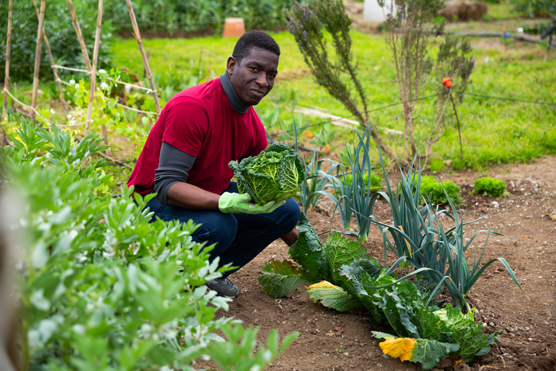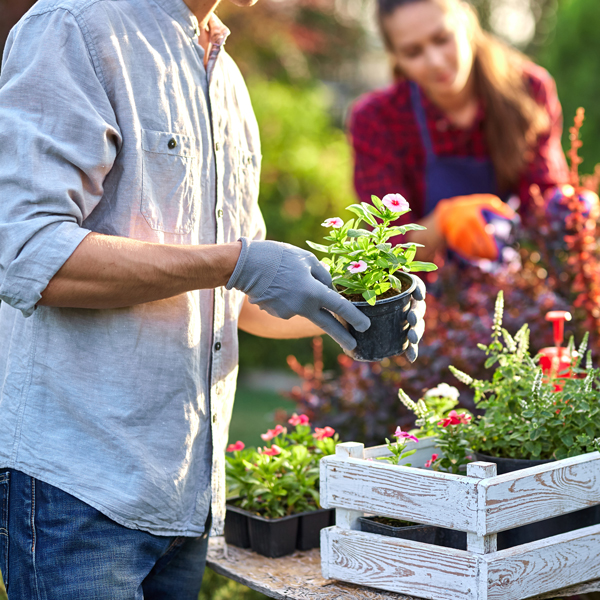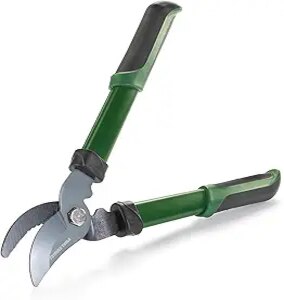Sustainable Gardening Practices for an Eco-Friendly Garden
Sustainable Gardening Practices for an Eco-Friendly Garden
Blog Article
Recognizing the Different Kinds of Horticulture and Just How They Add to a Much Healthier Lifestyle and Atmosphere

Benefits of Vegetable Gardening
Lots of individuals are progressively acknowledging the myriad benefits of vegetable horticulture as an important component of a much healthier lifestyle. Engaging in veggie gardening provides many physical wellness benefits, consisting of enhanced exercise, which improves cardiovascular health and advertises general fitness. The act of planting, weeding, and harvesting requires motion and can aid combat inactive actions, adding to weight monitoring and enhanced muscle tone.
Furthermore, cultivating one's very own veggies dramatically enhances nutritional top quality. Homegrown produce is usually fresher and more nutrient-dense compared to store-bought options, as it can be taken in shortly after harvest. This accessibility urges a better intake of fruits and vegetables, which are important for preventing persistent illness.
In addition, vegetable horticulture cultivates mental health by supplying a healing outlet for stress relief and leisure. Collectively, these benefits emphasize the value of vegetable gardening as a keystone of a much healthier way of living.
Exploring Blossom Gardening

In enhancement to aesthetic advantages, flower gardening sustains local communities. Many blooming plants bring in pollinators, such as bees and butterflies, which are important for preserving biodiversity. The visibility of diverse plants can additionally improve soil wellness, as different plants contribute to nutrition cycling and boost dirt structure.
Moreover, flowers can play a significant duty in promoting sustainable practices. Several garden enthusiasts choose native or drought-resistant types, which require less water and minimal chemical inputs. This technique not only benefits the setting but additionally encourages liable gardening routines.
Ultimately, blossom gardening works as an important part of an all natural gardening method. Gardening. By growing elegance and sustaining local communities, it integrates with veggie horticulture and underscores the value of nurturing both our physical and mental wellness via nature
Container Gardening Benefits
Container gardening deals many advantages that make it an attractive option for both newbie and knowledgeable garden enthusiasts. One of the primary benefits is its versatility; containers can be positioned on patios, balconies, or perhaps inside your home, permitting horticulture precede with restricted ground gain access to. This versatility allows individuals in city atmospheres or those with small backyards to cultivate plants effectively.
In addition, container gardening offers boosted control over soil top quality and wetness degrees. Gardeners can pick details soil blends to optimize plant health and wellness and mitigate problems like weeds and pests. The flexibility of containers likewise permits for simple moving to make the most of sunlight direct exposure or safeguard plants from stormy weather condition.
Additionally, container yards can be cosmetically pleasing, using a chance for imagination in layout. Gardening. They can function as decorative elements that enhance exterior or interior areas while advertising biodiversity by drawing in pollinators
Finally, container gardening can add to a healthier way of life by encouraging physical task, as it often entails lifting, growing, and preserving plants. In general, the benefits of container horticulture make it an easily accessible and gratifying weblink practice for those looking for to boost their way of life and setting.
The Rise of Vertical Horticulture
As city spaces end up being significantly crowded, the trend of upright horticulture has taken off, permitting individuals to optimize their gardening capacity in restricted locations. This ingenious strategy includes expanding plants in upright structures, such as wall-mounted planters, trellises, or specialized upright garden systems. The allure of upright gardening lies not just in its reliable use of area but also in its visual contribution to city atmospheres, changing bare walls right into lavish eco-friendly landscapes.
Upright yards can be mounted in homes, terraces, and area spaces, giving a system for growing a variety of plants, consisting of natural herbs, veggies, and decorative flowers. This technique encourages biodiversity and can enhance air top quality by filtering pollutants while advertising a link to nature in densely populated locations. In addition, upright gardening offers sensible advantages, such as enhanced yield per square foot, making it an appealing option for city garden enthusiasts seeking to grow their very own food.

Sustainable Practices in Gardening
Accepting lasting practices in gardening is necessary for promoting environmental health and making sure the stability of our all-natural resources. Sustainable horticulture techniques concentrate on decreasing environmental effect, preserving water, and cultivating biodiversity. By implementing practices such as organic gardening, garden enthusiasts can reduce making use of synthetic fertilizers and pesticides, which can harm local ecosystems.
Companion growing is an additional effective sustainable method, where specific plants are expanded with each other to improve growth and discourage insects naturally. Additionally, utilizing indigenous plants in landscape design sustains neighborhood wild animals and calls for much less upkeep, as they are naturally adjusted to the neighborhood environment and dirt problems.
Water preservation strategies, such as rainwater harvesting and drip irrigation, aid to successfully take care of water resources, thus decreasing waste. Composting organic waste not only enhances the soil yet additionally lowers land fill payments, advertising a round economy.
Last but not least, practicing plant turning and cover cropping boosts soil wellness and lowers the risk of bug invasions. By incorporating these lasting techniques, gardeners can develop resilient ecosystems that contribute to a much healthier way of living anonymous while protecting the setting for future generations.
Final Thought

In final thought, the varied approaches of horticulture, including vegetable, flower, container, and upright horticulture, jointly advertise a healthier lifestyle and improve ecological sustainability. Each kind supplies distinct benefits, from providing fresh produce and drawing in pollinators to enhancing minimal rooms and motivating biodiversity. By cultivating lasting practices, these gardening approaches not only add to individual wellness however likewise support wider environmental conservation efforts, eventually minimizing reliance on industrial agriculture and improving community resilience.
Report this page